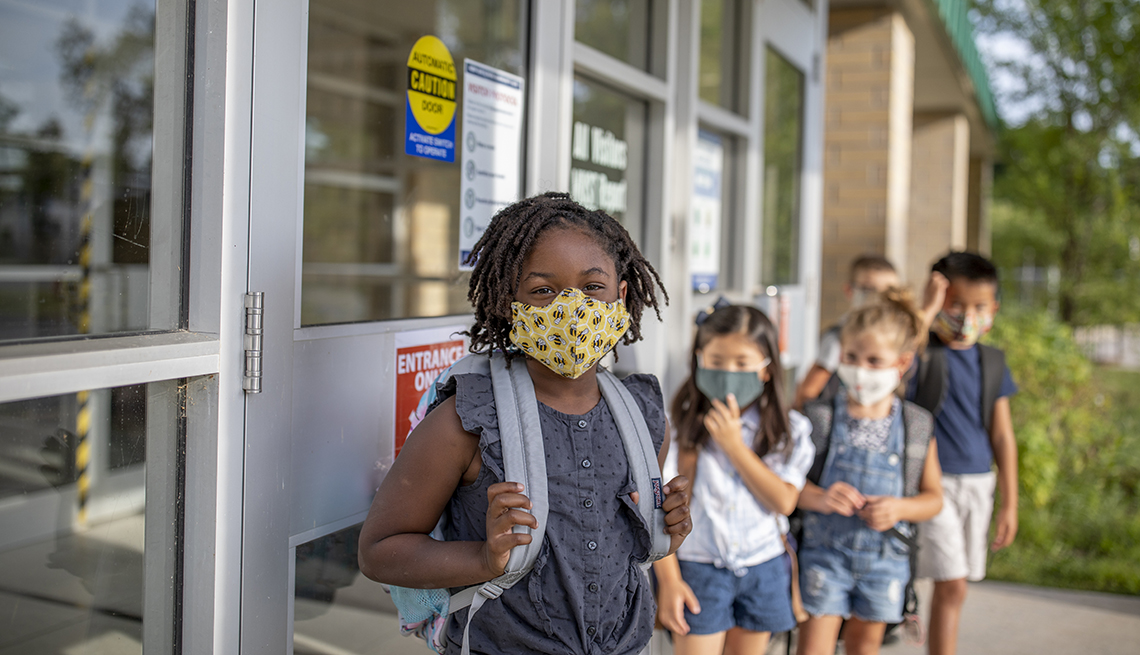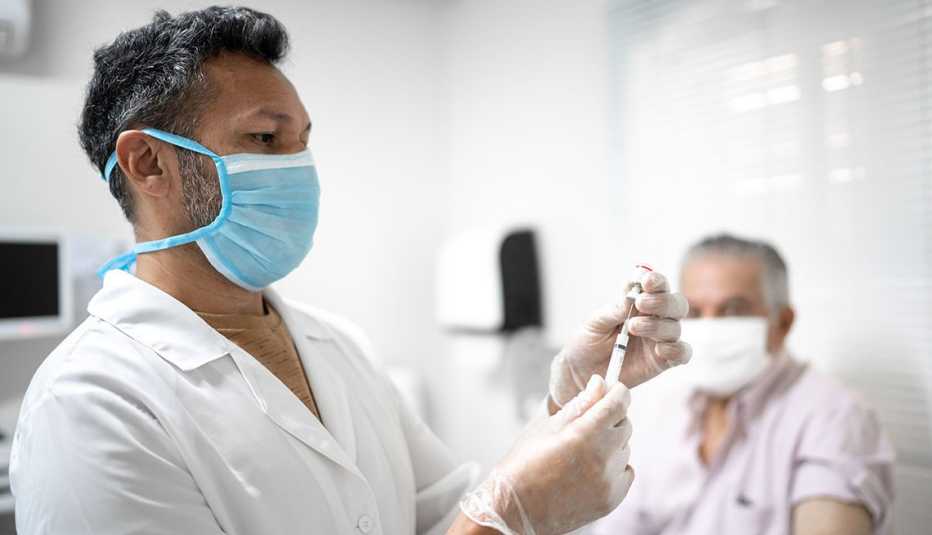Staying Fit
This year’s Thanksgiving may look at lot like last year’s, with scaled-down guest lists, outdoor dinners and requests for family members to bring their masks and the mashed potatoes.
A big reason: It’s unlikely that kids under 12 will be fully vaccinated by late November. But the good news is, many could have one of the two shots needed under their belts by then.
Experts are hopeful that a two-dose COVID-19 vaccine for children ages 5 to 11 from Pfizer-BioNTech will clear regulatory hurdles by the end of October or early November, paving the way for millions more Americans to get vaccinated, at least partially, this fall. And by the December holidays — “if everything occurs as we anticipate and the [authorization] comes in late October” — many children in this age group could be fully protected against COVID, predicts Amanda Castel, M.D., a pediatrician and infectious disease epidemiologist at George Washington University’s Milken School of Public Health.


AARP Membership— $12 for your first year when you sign up for Automatic Renewal
Get instant access to members-only products and hundreds of discounts, a free second membership, and a subscription to AARP the Magazine.
Pfizer has submitted data to the Food and Drug Administration (FDA) from its clinical trial testing a smaller-dose vaccine (one-third of the dose adults receive, with 21 days between the first and second doses) in more than 2,200 5- to 11-year-olds, and says it plans to ask the agency to authorize the product in the coming weeks. Once it does, the FDA and its panel of outside experts will review the data (this typically takes about a month) and decide whether to allow it. The trial results will also be scrutinized by the Centers for Disease Control and Prevention (CDC) and its advisory committee.
Data from Pfizer’s vaccine trial looking at kids younger than 5 are expected later this year or early next. Vaccine makers Moderna and Johnson & Johnson are also studying their products in kids and adolescents, but trail behind Pfizer’s timeline.
Vaccine can help slow surge in kids’ cases
The wait for these vaccines has been long for parents, grandparents, teachers and others anxious to keep little ones from becoming infected and spreading the virus to others. And the rise of the delta variant, coupled with schools reopening, has only amplified the urgency.
Currently, children make up more than a quarter of new COVID-19 cases in the U.S., and hospitalization rates among kids under 12 are the highest they’ve been since the start of the pandemic, national data show. That’s not because the dominant delta variant causes more severe disease in children; it’s because the strain is highly contagious, says Claire Boogaard, M.D., medical director of the COVID-19 vaccine program at Children’s National Hospital in Washington, D.C.



































































